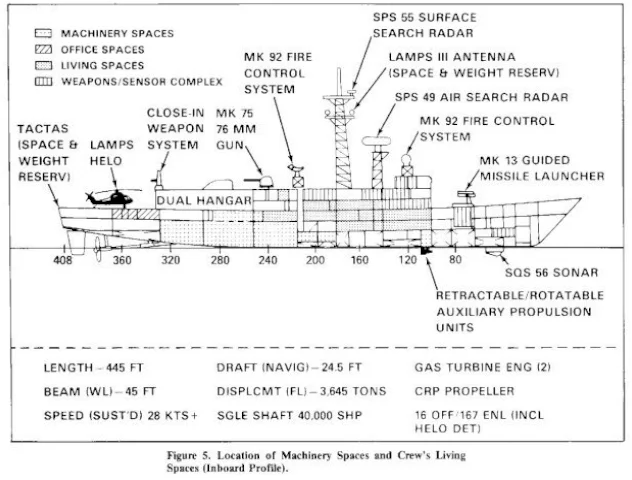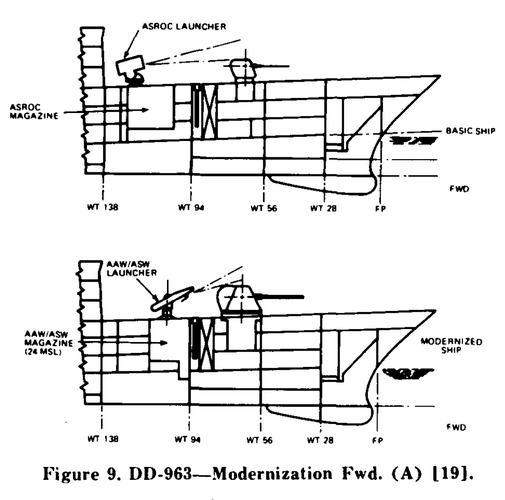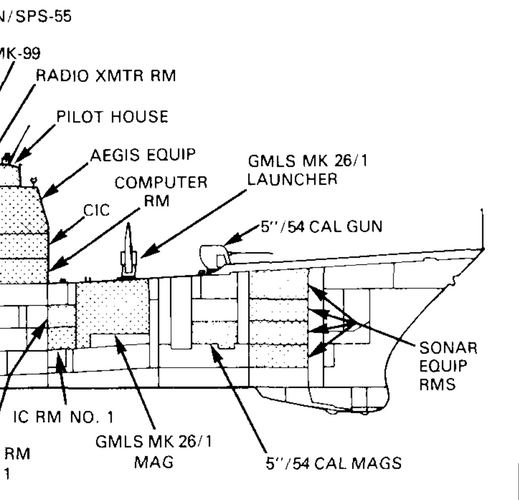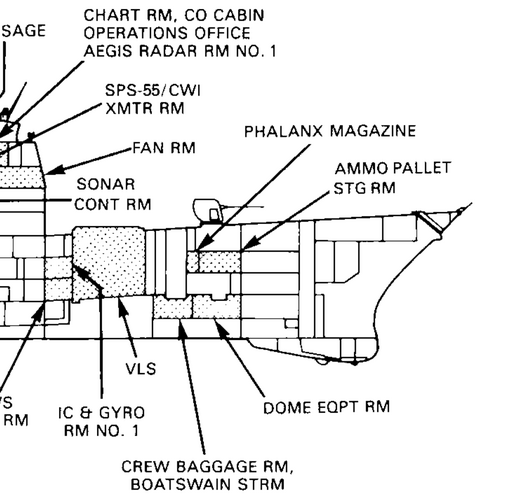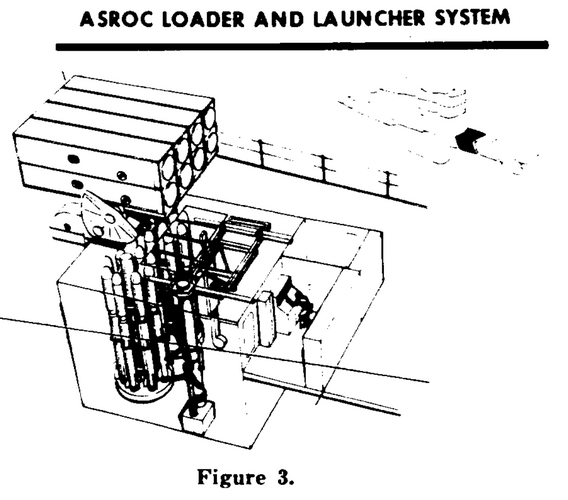Over on the
What if Iran never had a revolution? thread Pioneer mentioned that at one point Iran was looking at buying a pair of Invincibles. If that is the case, then the 4 Kidd DDGs they cancelled would have likely been the AAW escorts for the carriers. Which got me wondering - what if, after the revolution and the Iranian cancellation of the Kidds, the RN had stepped in and bought them? Presumably RN officers would know about the Invincible approach, and the Kidd purchase, and would have put two and two together. Someone may have thought that sounded like a capital idea, why can't we do that, oh, hang on, the Iranians cancelled their order and the ships are now potentially available.... Someone mentions it to Thatcher, she calls Ronnie, casts Imperio on Parliament, and the Kidds are RN ships.
Here's the fun part, the four commission in March, August, and October of 81, and then the last on 12 March 1982 less than a month before the Falklands war. At least three, and possibly all four, sail with the fleet to the Falklands. That means ASROC, 8 LAMPS helicopters, and potentially over 200 SM2 missiles with the best pre-Aegis sensors and fire-control systems around.
How much of a difference would they make to events in the South Atlantic?

